Printing is an important premise for the development of culture, especially in the field of journalism and publishing, however there has not been any book in Vietnam that actually writes about the Vietnamese printing industry during the colonial period.
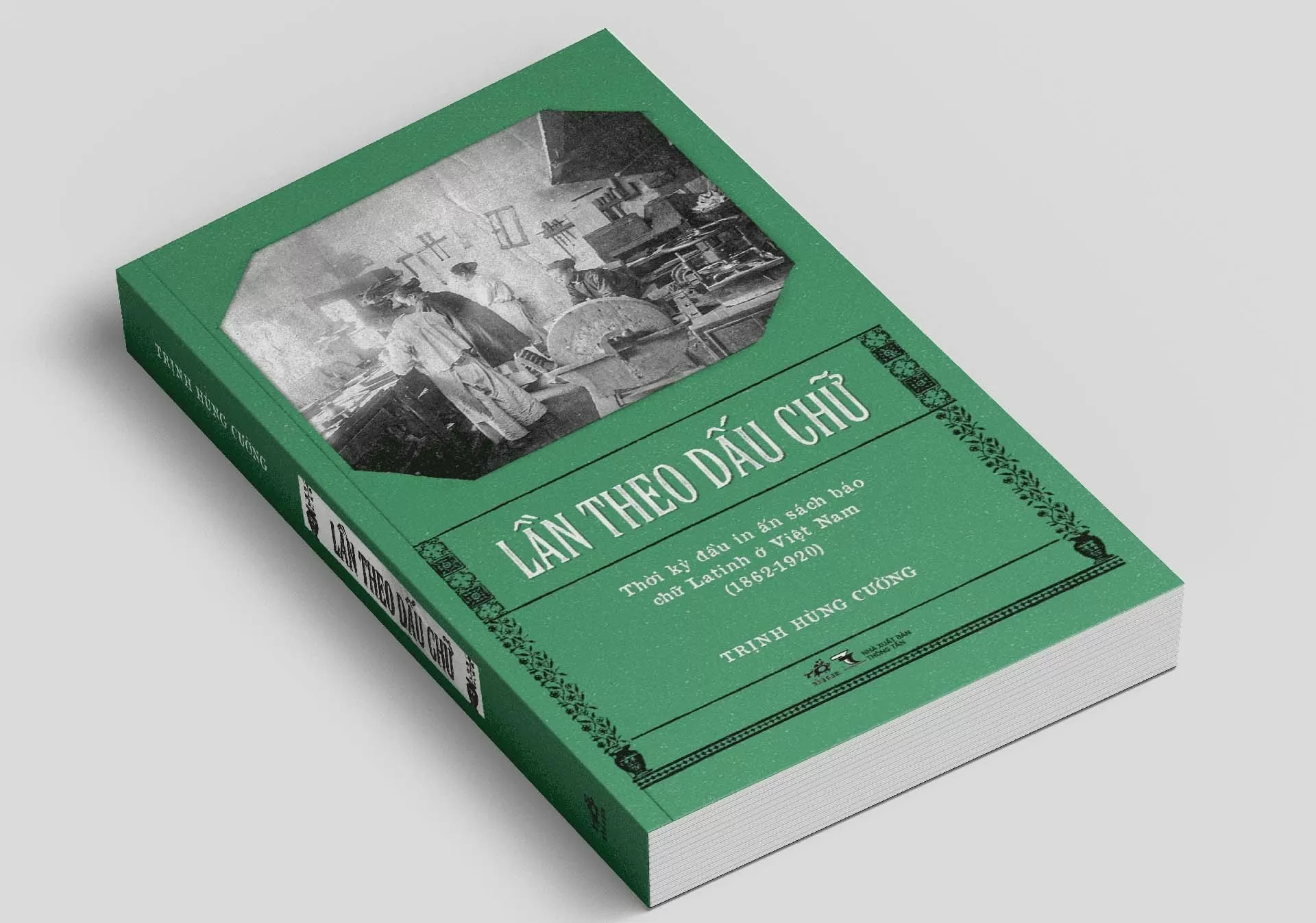 |
| The book “Following the Letters” has just been released in Vietnam. (Source: Nha Nam) |
The work "Following the Letters" by author Trinh Hung Cuong has just been released and has outlined the first important basic features in researching and preserving valuable documents about this period in the history of printing in our country.
Starting from the period when the French first entered Vietnam in the mid-19th century, until the late 20s of the 20th century, the book collects and analyzes many valuable sources of information in three languages: French, English and Vietnamese.
The author said that he had painstakingly searched for information from official gazettes, yearbooks of the French colonial period and especially important bibliographical documents such as Henri Cordier's Bibliotheca Indosinica or Landes's Bibliographie de L'Indochine Orientale.
The highlight of the book is its systematic approach, arranging and including a large number of references, newspapers, advertisements and many other valuable documents to complete the picture of the historical context of the Vietnamese printing industry.
The author not only records the names of key printing houses, their founding years and their operations, but also vividly portrays the portraits of pioneers and unique stories about early printing activities.
Trinh Hung Cuong has succeeded in identifying and recording the operating history of most printing houses during the period 1862-1920.
In particular, the author outlined the transition from French printing houses to the emergence of Vietnamese-owned printing houses. At the same time, he provided an overview of the role of the printing industry in the political , economic and social life of Vietnam in the early colonial period.
The content of Tracing the Letters is divided into four parts, in which part one focuses on outlining the characteristics in the history of printing in Vietnam in the early colonial period (1862 - 1920), the remaining three parts of the book respectively mention: Printing in Cochinchina, Printing in Tonkin and Catholic Printing.
In addition, the author also attached three appendices including: List of other printing houses and bookstores in Vietnam (1862-1920); Printing terminology; Diagram of the relationship between printing houses in Vietnam in the period 1862-1920.
Affirming that the printing industry at that time contributed to creating a modern city, literary researcher Lai Nguyen An said that the book has academic value and is a valuable reference for those interested in learning about the history of cultural development, journalism, and publishing in Vietnam.
| Author Trinh Hung Cuong was born in 1981 in Bac Ninh city, is a collector of ancient books. Graduated with a bachelor's degree in Physics of Light, Hanoi University of Science and Technology, but with a passion for collecting documents related to history and culture, he also holds the position of a document exploitation specialist at Nguyen Van Huong Library. With a rich knowledge of old books and newspapers, Trinh Hung Cuong often collects, exploits and restores documents related to Vietnamese history, politics and culture. |
Source: https://baoquocte.vn/tap-khao-cuu-ve-lich-su-in-an-viet-nam-299463.html


![[Photo] Solemn opening of the 10th Session, 15th National Assembly](https://vphoto.vietnam.vn/thumb/1200x675/vietnam/resource/IMAGE/2025/10/20/1760937111622_ndo_br_1-202-jpg.webp)


![[Photo] Prime Minister Pham Minh Chinh meets with Speaker of the Hungarian National Assembly Kover Laszlo](https://vphoto.vietnam.vn/thumb/1200x675/vietnam/resource/IMAGE/2025/10/20/1760970413415_dsc-8111-jpg.webp)
![[Photo] Chairman of the Hungarian Parliament visits President Ho Chi Minh's Mausoleum](https://vphoto.vietnam.vn/thumb/1200x675/vietnam/resource/IMAGE/2025/10/20/1760941009023_ndo_br_hungary-jpg.webp)
![[Photo] National Assembly Chairman Tran Thanh Man holds talks with Hungarian National Assembly Chairman Kover Laszlo](https://vphoto.vietnam.vn/thumb/1200x675/vietnam/resource/IMAGE/2025/10/20/1760952711347_ndo_br_bnd-1603-jpg.webp)
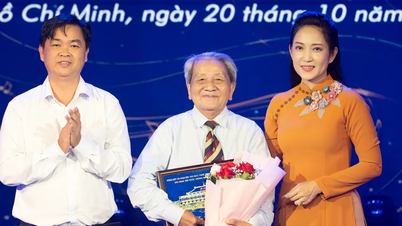



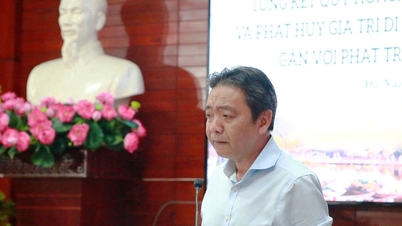

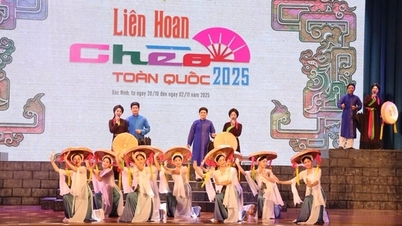








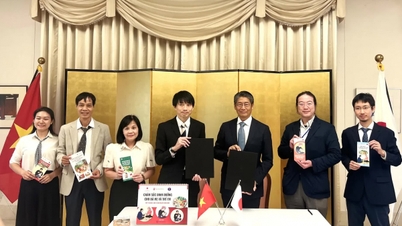

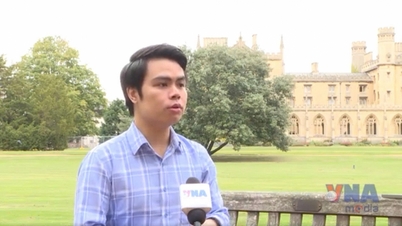
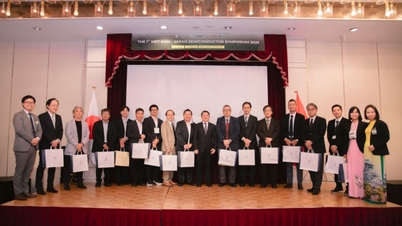





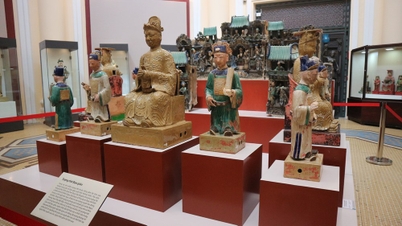


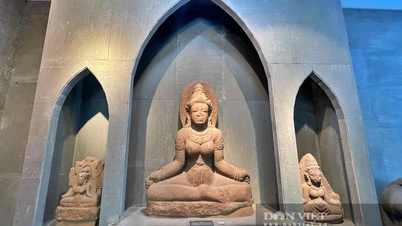

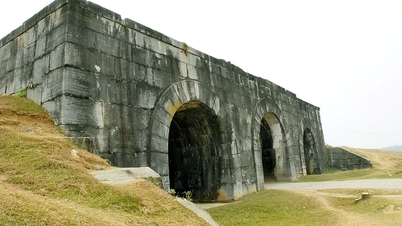

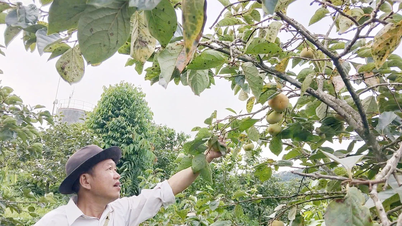





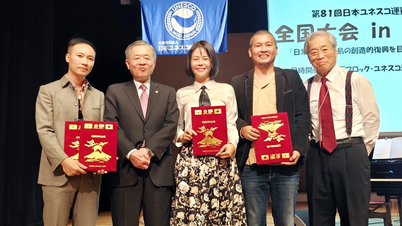






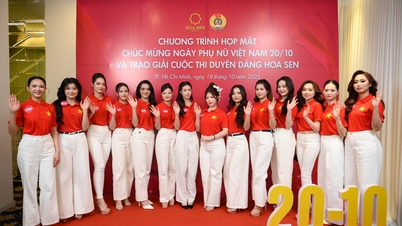
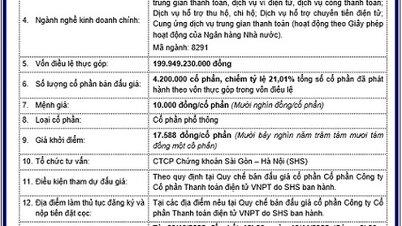
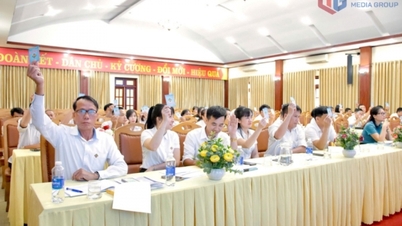

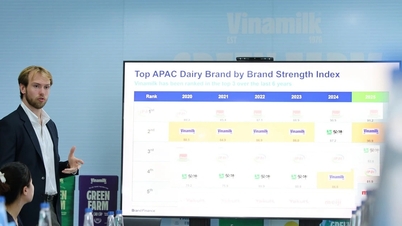




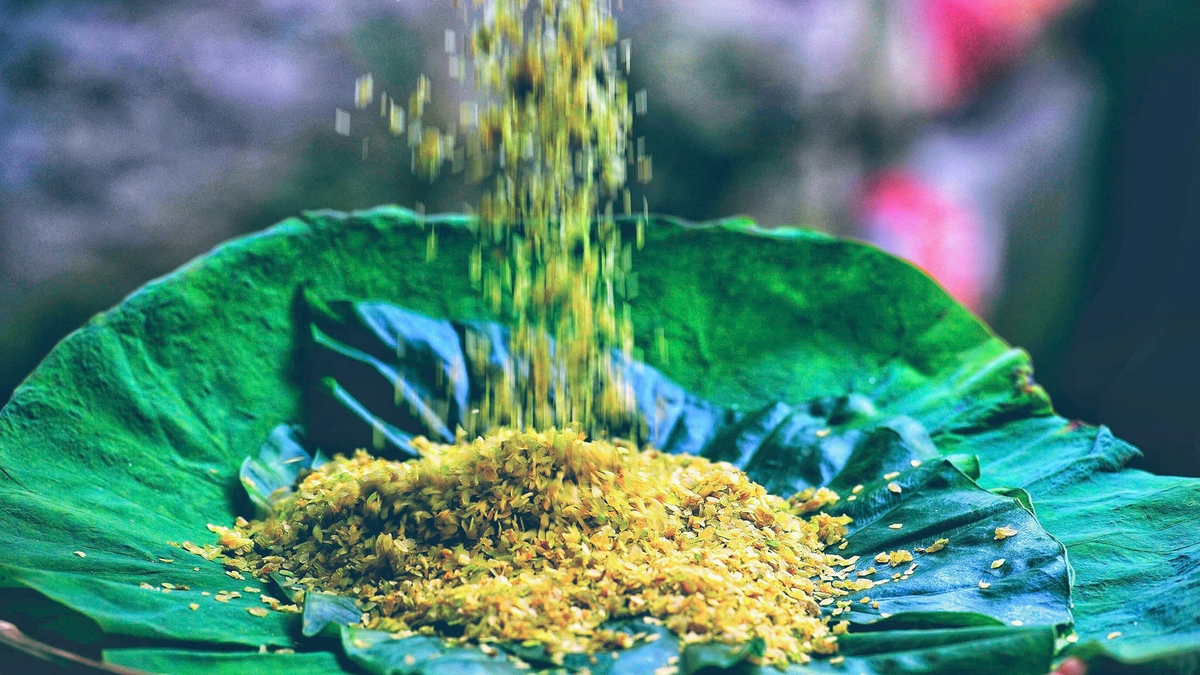













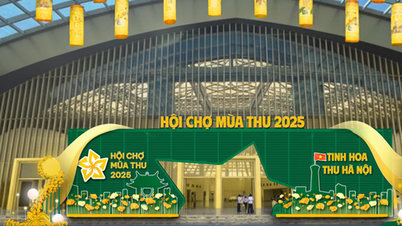


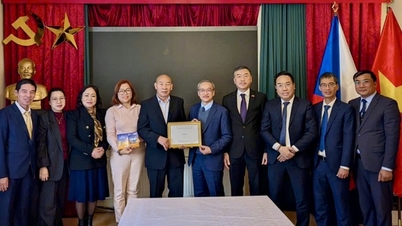

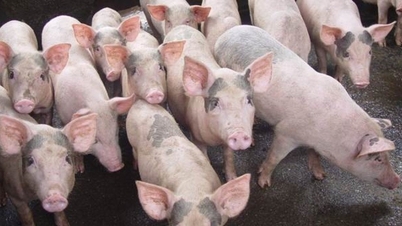






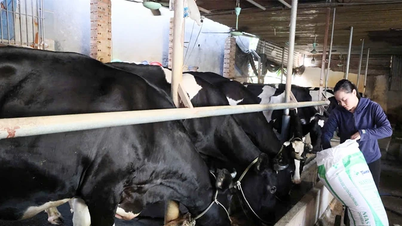

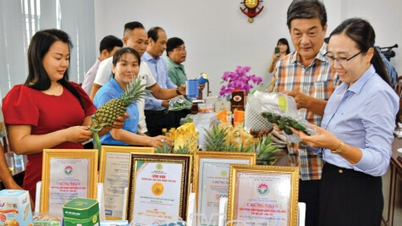






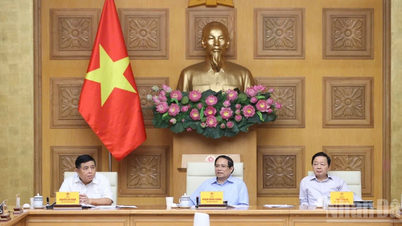
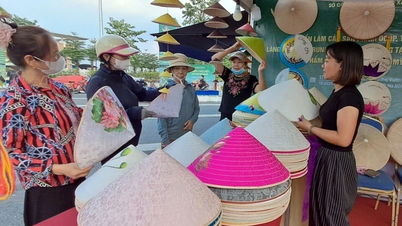





Comment (0)